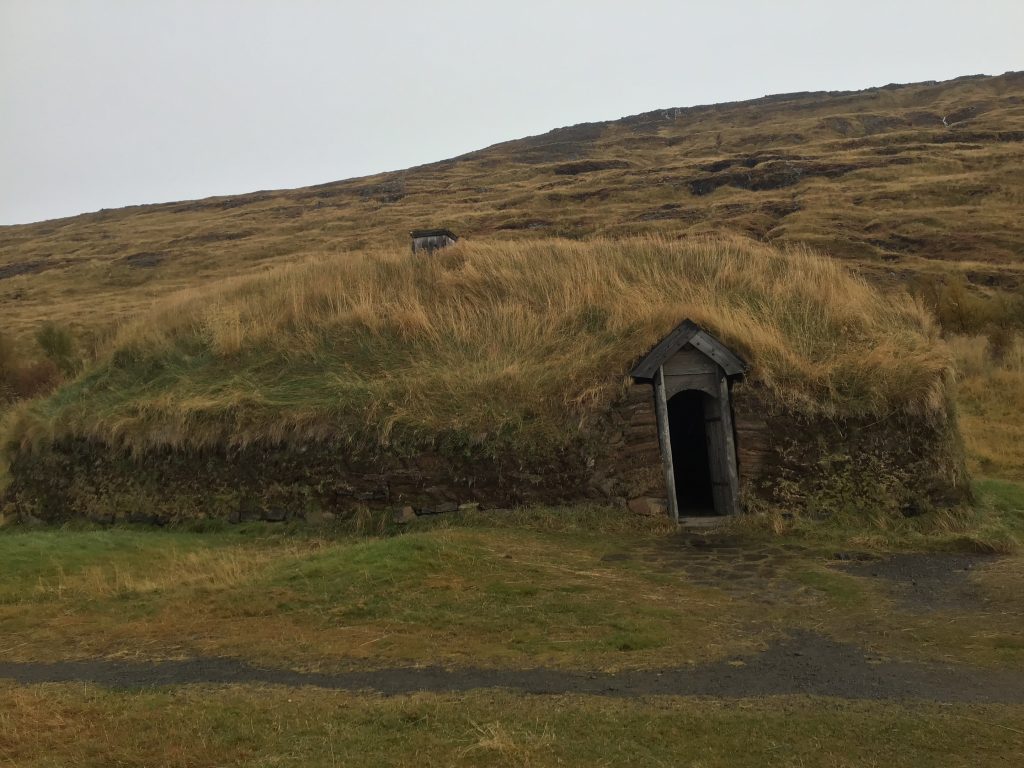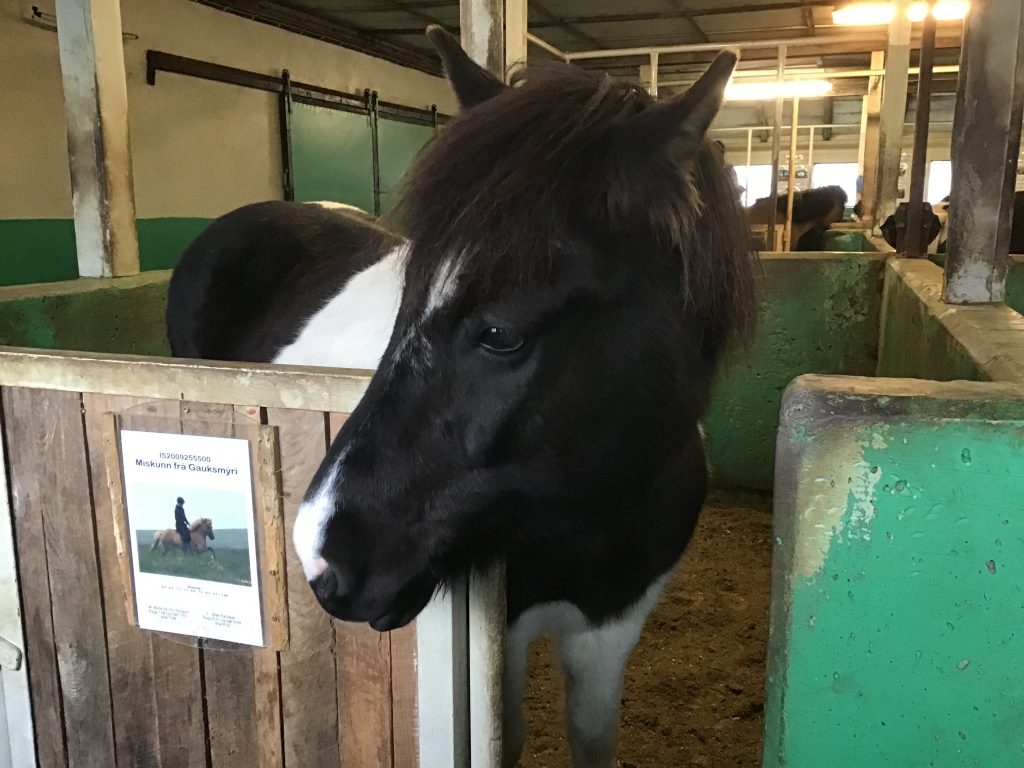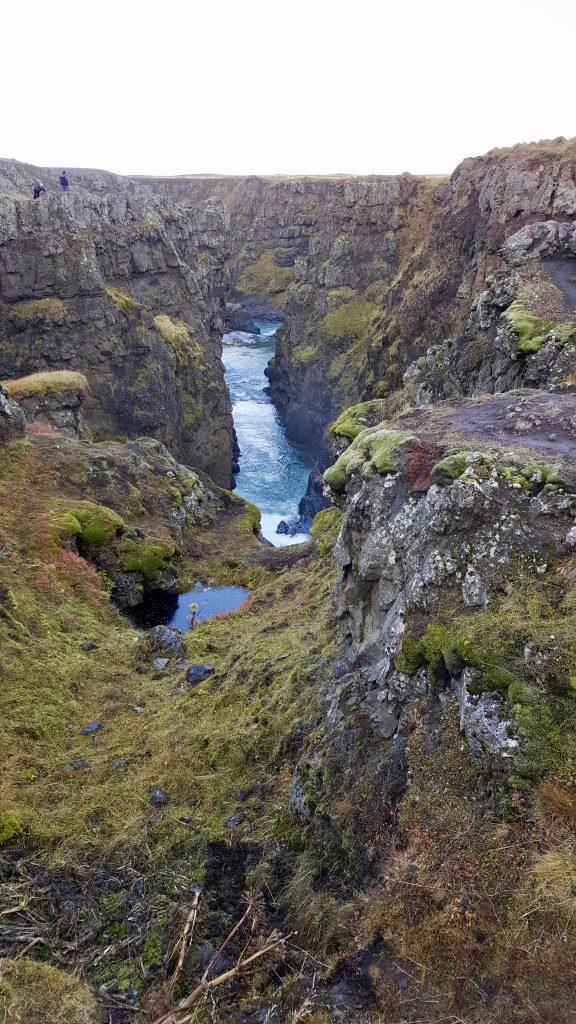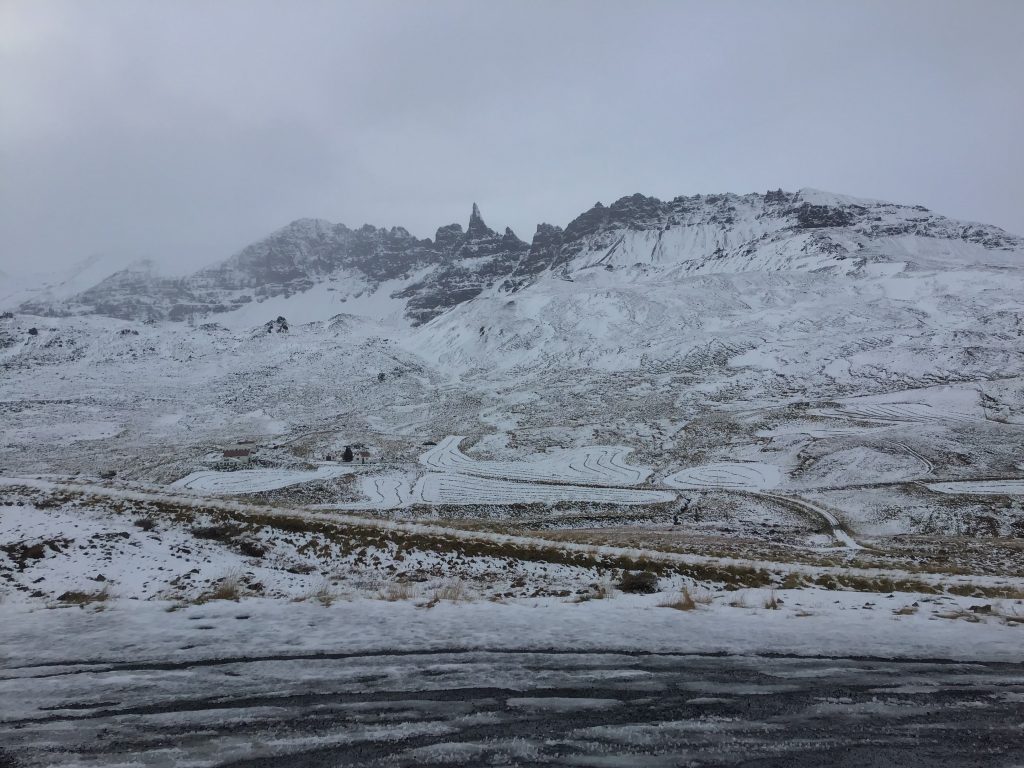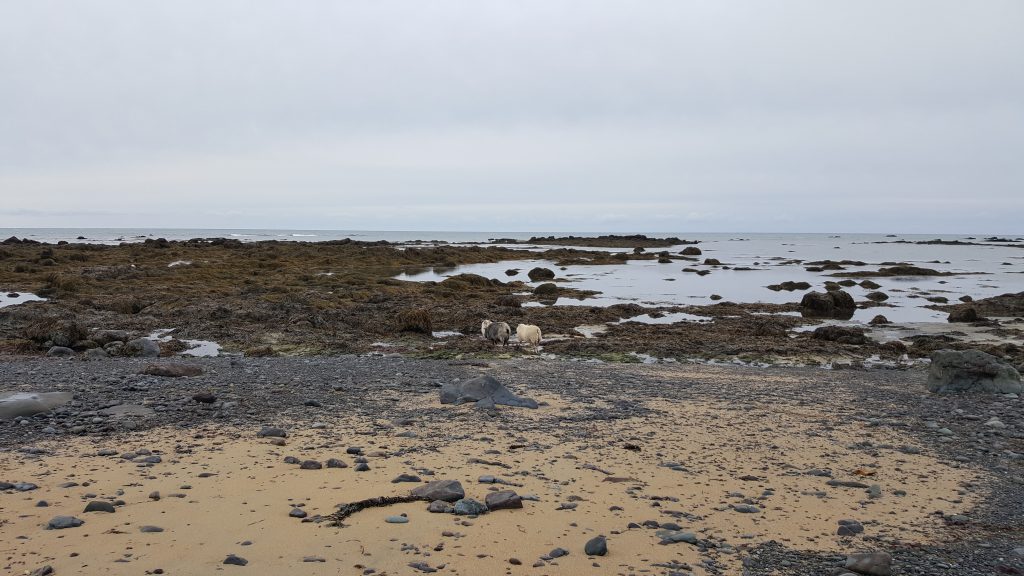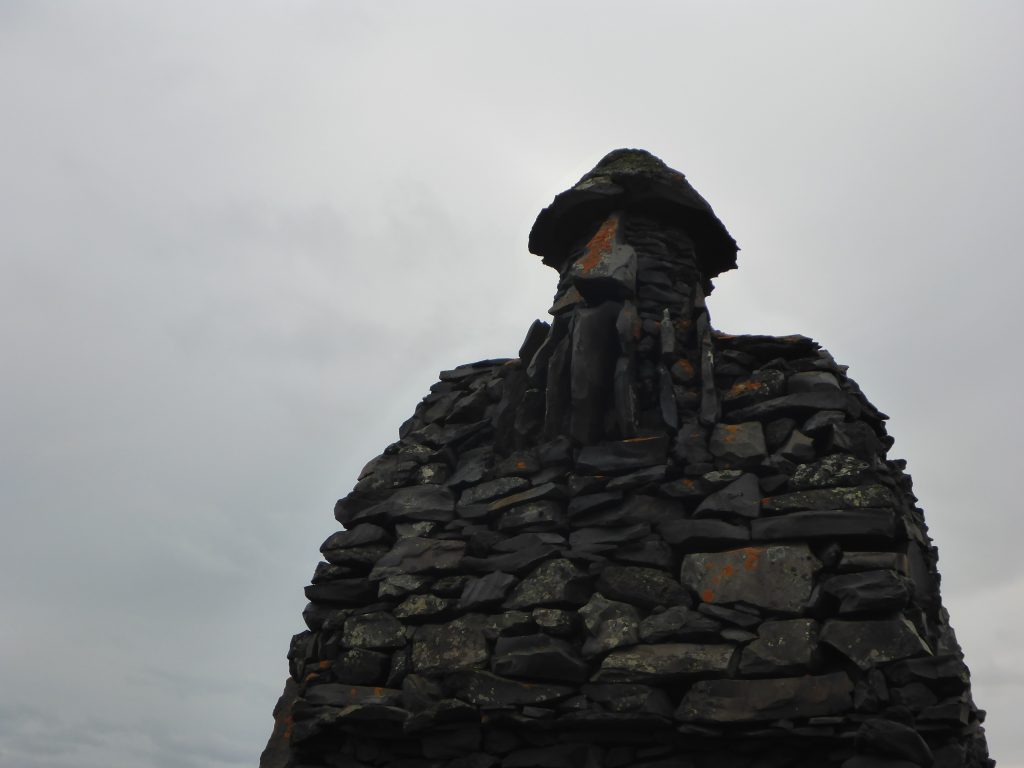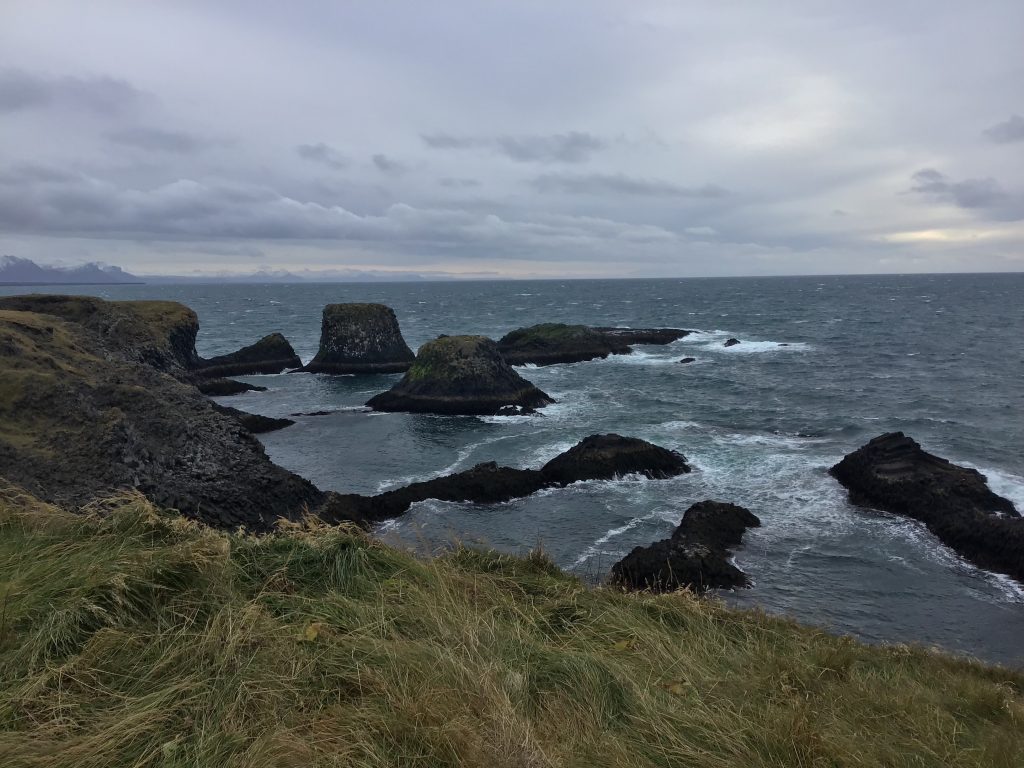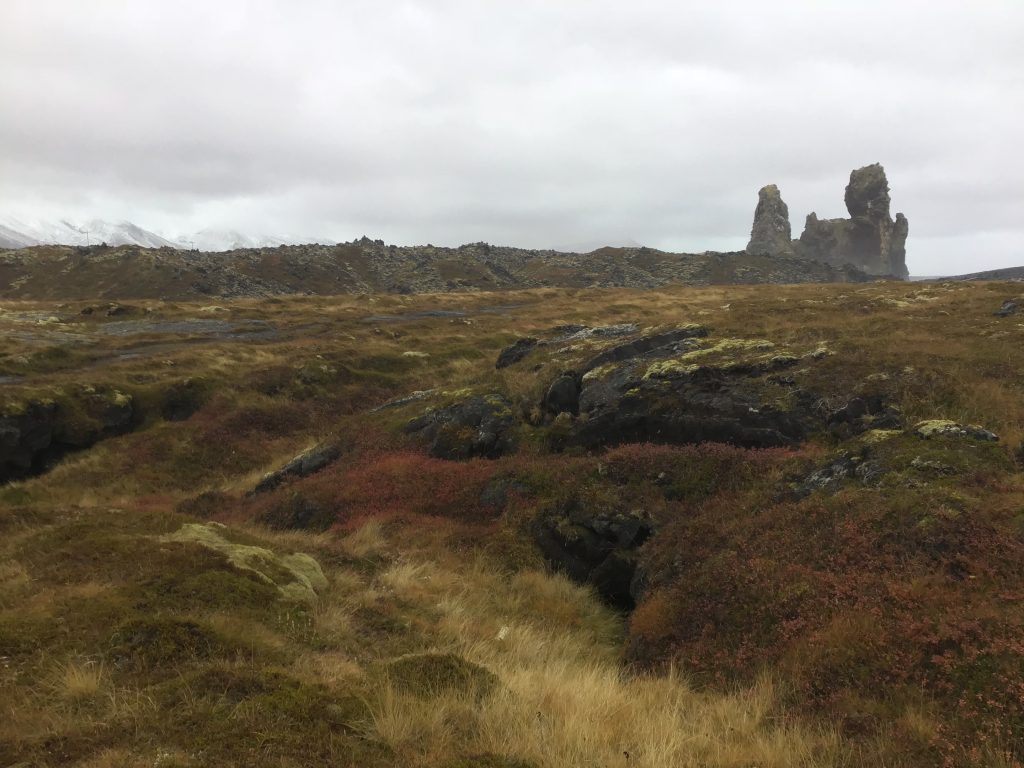It’s hard to believe that so many weeks, so many years (almost six!) have gone by since I started The Deletist. When I launched my blog in June 2013, I thought about other blogs I enjoyed reading and wanted to create a similar experience for my readers. I wanted to post frequently enough for content to remain fresh, but not so much that it would feel onerous to read or to keep up with content if someone missed a few weeks. Out of these aspirations came two rules, post on Mondays and limit posts to 400 words.
300 postings later I have adhered to these rules strictly, but always in reverence to the first, and most important rule. The Deletist is, and will remain, my creative space. This has led me to develop and explore many interesting topics, including “Technombie,” a fictitious world I created where people live and make decisions based on the analysis of their data feeds. In recent years I added a part 5 to the original series and a new host of characters in these vignettes:
- In the Mayor’s Chambers;
- Jellyfish; and
- Data Dealer (parts 1 and 2).
“Jellyfish” stands out as a favorite. I was inspired by headlines about fake news and the desire to use this cool photograph I had taken of a jellyfish underwater, capturing its reflection on the surface.

I’m always expanding my series, postings dedicated to a specific topic. I launched “Spring Cleaning” for posts related to targeted cleaning projects, on any scale. Two highlights for me are “Bathroom Hoarder,” how I finally managed to reduce toiletry expenses and waste by organizing my cupboards, and “Junk Drawer.” Everybody’s got one.
“Deletion” is related to this category but focuses specifically on getting rid of things to make space for new things in our lives.
“Productivity” is relatively new and features tips & tricks, or small strategies to make your life easier. Posts range from creating prep kits to breaking down large projects into manageable tasks. Two of my recent favorites are “Getting Unstuck and Finishing Tasks,” a true story of how it took me over 2 years to install lights under my counters and “On Being Nibbled to Death,” strategies to avoid getting overwhelmed with tiny things that pile up over time.
“Iceland” was recently launched to showcase my latest adventure with my family on a tour with Overseas Adventure Travel.
Enjoy!

